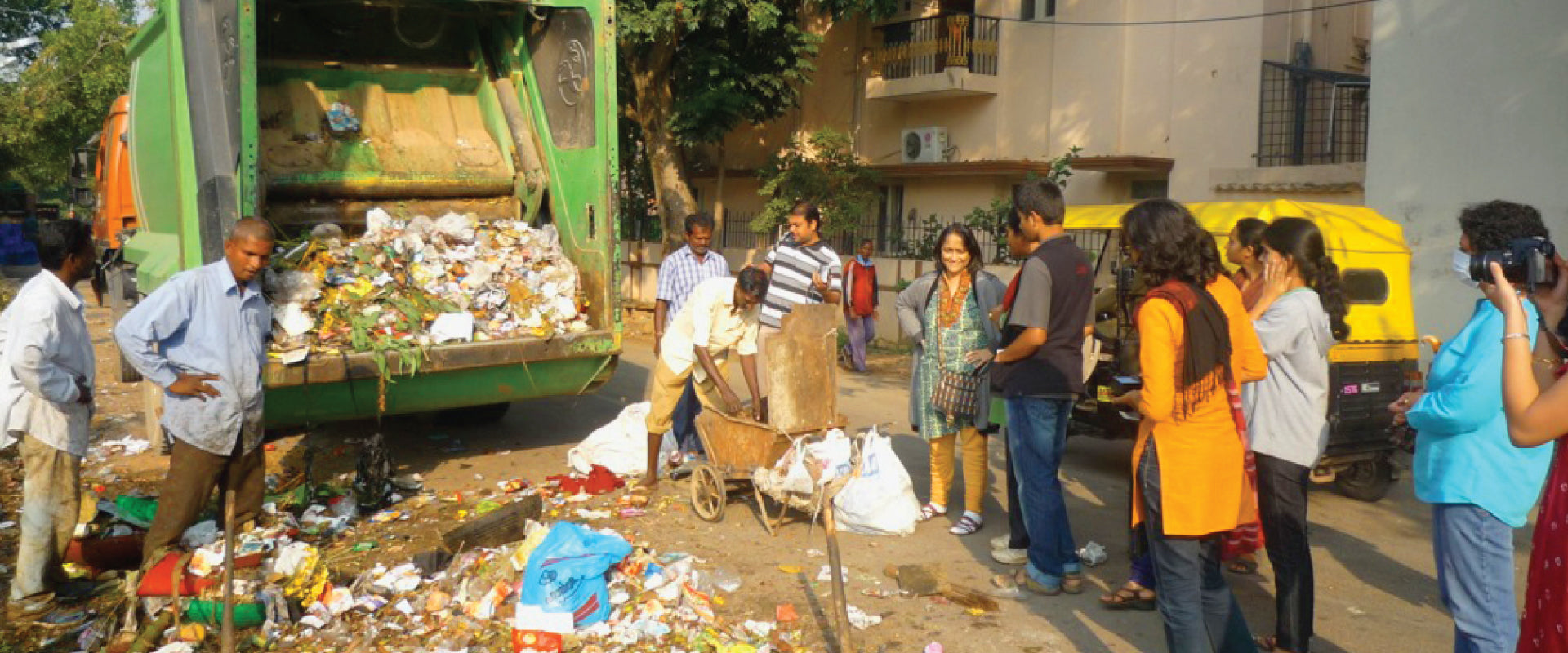Your home as an Earth Lab during COVID-19

Teachers, School Leaders are people that serve the earth like nobody else.
Congratulations to you on continuing to invest in education in these times when all the rules are being rewritten.
This is the time when you are making sure the internet connectivity is available, students are challenged, parents are assured, timetables are redesigned, lessons are covered, teachers are not burnt out, it is also a time you are reinventing what students are being exposed to and engaging with!
We were surprised when we got a request from a school to talk to 6th graders about the impact of our work and how we have coped during this COVID period as a social enterprise. (read small company!)
Our guess is that the school wants their students to think about the impact COVID has had on the community. Internally we were wondering what part of our COVID facing strategies would interest a 6th grader! 
So, this got us thinking...
- How would we want these 6th graders to view the work we do?
- How will they appreciate what keeps us going in this COVID time? and
- Why should they understand the work we do in their current reality of confined worlds of screen time, home and anxiety of the future?
The interesting thing is since all the kids have spent more time confined to the home like never before, our message of starting at home to make change happen, change seems opportune.
Before COVID we would urge schools to view the eco-slot in their timetables as
spaces to explore environment and nature in the real world.
Now we can just point to the tools of learning about circular flows behind them
in their rooms or spaces as they sit for the class.
We can urge them to reach out, smell, touch and play with the materials to
understand the bigger ideas of buying choices, our need for stuff, our throwing
habits and the impact of these in our lives. More importantly they can compare
across screens in real time.
Just imagine this exercise...

A class audits stuff in their shoe cupboards, creates an inventory by type, brand, quality, longevity and price. They also reflect on how long each item has been used and which the favorites are and why.
This is followed by a virtual tour into some shoe cupboards where the class actually sees the live inventory. This juncture is perfect for questions that can be framed to throw light on ideas that the teacher may want to explore.
2 years ago, there was no way we could see our customers composting corners in their homes in real time. In the post COVID world this has changed. We are willing to share our personal spaces more, we are willing to talk about the stuff we do at home more.
This is our learning

We know that skilled educators are already using this opportunity to use the material culture in each home as a learning tool, for our context, the dustbin has got a new emphasis since most folks have had to do without help and take-out trash and deal with waste firsthand.
This has made our work easier – we have open minds instead of blank stares when we speak about the need to segregate, compost and think of sustainable choices.

We are going to go into this session with the 6th graders with some exercises and will know how they respond!
After all we can cope as a small company only when we stick to our core – curiosity in figuring out how to make it easier for everyone to make more informed choices!
Maybe the learnings from that session can be another post!
Stay posted !!!
Daily Dump has a range of interesting material that you can use in your work with kids. We
also conduct workshops and are happy to get kids to begin with composting to
see how nature works in closed loops. Reach out to us in case you want to
organize a webinar for your community's kids. 
Never tried composting at home? See how simple it is!
Poonam Bir Kasturi
Bangalore




